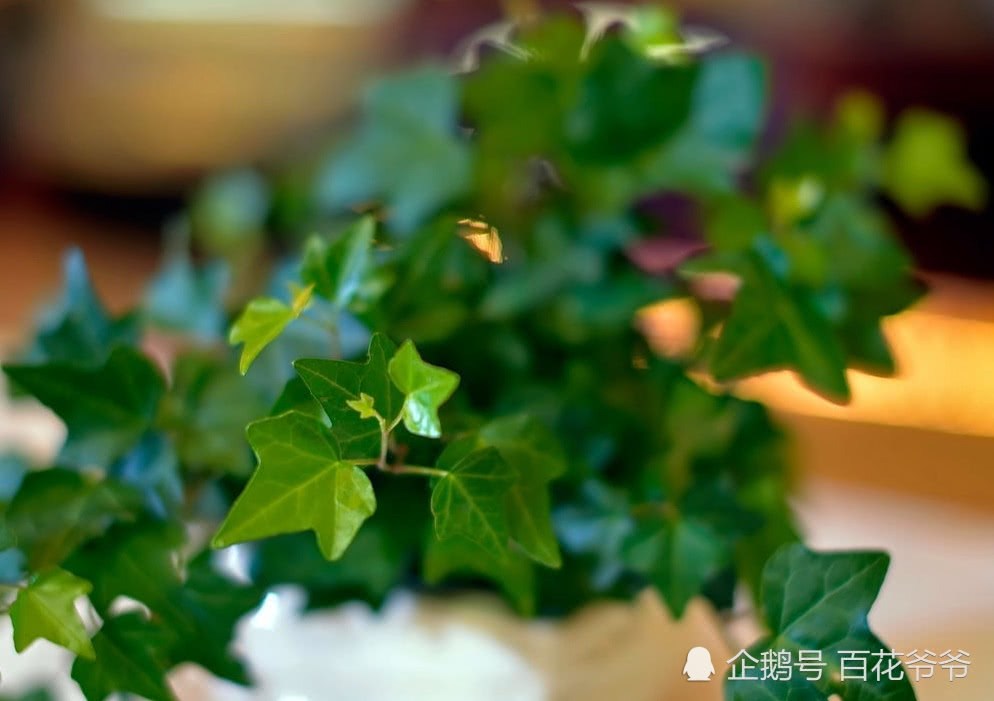It's not surprising that the forelimbs evolved into firearms.

In the ocean, there is a kind of strange animal with its own "gun": gun shrimp, which is an apt name. There are hundreds of members of the family Alpheidae, the most obvious of which are two asymmetric claws. The disproportionately large claw is their deadly weapon and can use bubbles as bullets to stun or even kill enemies or prey. The sound produced by this fatal blow can reach 210 decibels, which is much louder than the actual gunshot (an average of about 150 decibels). For this reason, gun shrimp is also known as drum shrimp, gaba shrimp.
It can be said that gun shrimp is one of the most powerful and noisiest creatures on earth, but they are also very fragile. Gun shrimp can form alliances with many kinds of animals and even form strange social forms to protect themselves from undersea predators.
The biggest feature of the shrimp family is that the two claws are not the same size, and the big claws can be clamped forcefully, so fast that the surrounding water can be instantly heated to a temperature of nearly 4500 degrees Celsius.
Unique skills
Gun shrimp has two claws, one big and one small, in which the big claw can grow to half the length of the shrimp body. Unlike symmetrical, clamp-like small claws, some of the large claws of the shrimp cannot be moved and have a hole on it; the other part has a movable "piston" that can just insert the hole. The "giant claw" has strong muscles, and when the piston is closed, the water column squeezed out of the hole can reach a speed of 32 meters per second. This speed is so fast that it can form a lower pressure than the saturated steam pressure. At such a low pressure, tiny bubbles are produced in the water, and when the pressure rises again, the bubbles burst. This phenomenon is called hole phenomenon (Cavitation).
In essence, it is the bubble that clicks loudly when it breaks, not the impact of the claw itself. More importantly, at the moment the bubble burst, the temperature of the surrounding water can reach an astonishing temperature of nearly 4500 degrees Celsius, almost as high as the surface of the sun. The resulting shock waves can be used to attack prey, such as small fish, crabs and so on. It is a lucky thing for these small animals to die immediately. After hitting the target, the shrimp will drag the prey to the cave and eat it. Sometimes, gun shrimp also use the hole effect to drill holes in basalt reefs.
A high-speed water gun can reach 60 miles per hour.
Sitting on this powerful "bubble weapon", gun shrimp is not at all low-key. In the habitat where they gather, gun shrimps often "fire" at each other or hunt, so a murmur like burning branches is often heard in sonar equipment. When swimming in the tropics, if you listen carefully, you are likely to hear this sound around you. Some people think that instead of thinking that the sounds of gun shrimp are noise that interferes with sonar, it is better to listen carefully to the underwater noise and use the sound of gun shrimp and other animals to assess the health of coral reefs.
Like many crustaceans, gun shrimps shed their claws when attacked. However, this will not make the noise disappear for long. Although the structure of the claw looks a little complicated, the gun shrimp will grow again-in a strange way.
The shrimp that lost the big claw grew back not a big claw, but a small claw. The most interesting thing is that after the next exoskeleton is shed, the original claw begins to look more and more like a claw, and eventually grows into an equally powerful claw. In other words, the gun shrimp is equivalent to changing the weapon to the other hand.
Sometimes there are minor failures in the regeneration of amputated limbs. If the gun shrimp loses its small claws, it will occasionally mistakenly grow large claws, thus having two large claws. "two guns" may sound domineering, but in fact, gun shrimp still need to use small claws to help eat. Big claws are like guns for hunting, while small claws are knives and forks for eating meat.
Some species of gun shrimp choose to live on sponges.
In the study of a gun shrimp (scientific name Alpheus heterochaelis), scientists at the University of Tunte in the Netherlands used high-speed cameras to detect a strange "shrimp light phenomenon" (shrimpoluminescence). The bubbles produced by gun shrimp are compressed so rapidly that the heat cannot dissipate, so that the temperature inside the bubbles can reach more than 4700 degrees Celsius and produce light that lasts only a few billionths of a second. The time is so short that it is invisible to the naked eye. This is the first time that animals have been found to glow in this way.
Social animal
Gun shrimp are actually easy animals to get along with-if you have what they need. Although many species have formed a monogamous life system, many others have mastered the essence of symbiotic relationships and formed close alliances with other marine life. For example, corals provide shelter for gun shrimps, which in turn use bubble weapons to attack the tube feet of starfish, driving away echinoderms that feed on corals. Some prawns seek refuge between the tentacles of sea anemones, just like common clown fish.
There is also a kind of gunfish that digs holes in the sand and invites goby to live. They often wander around the mouth of the cave together, looking for prey and wary of predators. Goby fish can provide an early warning for gunfish. In many cases, the marlin will put at least one tentacle on the body of the goby, and if the goby escapes into the cave, it will follow. Gun shrimp, on the other hand, are diligent diggers who keep digging caves and keeping them clean.
The gunfish will partner with the goby and live together in a cave.
Among the symbiotic relationships of all gun shrimp species, some of the most incredible are those that have formed social organizations. Hundreds of gun shrimps live inside the sponge, a form of social organization known as eusociality. These gun shrimps are ruled by the larger "Shrimp King" and "Shrimp Queen", which is the only pair that can breed.
"it's amazing that only a few of the millions of marine species can do this," said Emmett Duffy, a marine biologist at the Smithsonian Institution. "but what's even more remarkable is that these shrimp are ecologically very similar to some social insects (think ants and bees)." Emmett Duffy was the first biologist to describe social phenomena such as gun shrimp.
These prawns are very small, about the size of grains. They feed on anything that falls on the sponge, as well as the tissue that falls off the sponge itself. From this point of view, they are most similar to termites, which also nest in wood and feed on wood fiber.
These tentacles enable the shrimp to sense similar bubble shock waves. In fact, when the two prawns quarrel, they will keep enough distance so that both sides can "fire" each other, but neither will cause fatal injury.
In a group, smaller young individuals surround the "shrimp queen" in the middle of the sponge, and larger individuals have been observed to react more violently and actively defend themselves when intruders appear. When a single gun shrimp encounters an intruder, it will make a "click-click" sound rhythmically and summon its companions to come. The prawns who come to help will also launch simultaneous attacks and make clicks at the same time.
This is a warning signal to outsiders: you have entered a sponge inhabited by gun shrimp. "in other words, if you try to break in, it is not a few gun shrimp, but the whole group will join hands to kill.
The point is that this little guy is cheap and costs an average of 30 yuan each.
According to the fishers who have raised fish, the fish tank will always send out at night.
The sound of "Gaba" is very interesting.
Finish
- Prev

It is better to raise green pineapple than to raise pot. it grows fast, is not afraid of freezing, or formaldehyde nemesis.
A cool autumn rain, seeing the temperature drop, no longer have to worry about flowers and plants being sunburned, but when we buy new flowers and plants, we still have to consider the problem of anti-freezing. Many friends who live in new houses will buy shoes and green apples.
- Next

The eighteenth turn of Jingshan Road turns to grandma's house.
Today, the editor shares the works of a Vietnamese player. When making a road, the "bend" turn is simply perfect. You can learn it, and then let's take a look! Cylinder block configuration size: 120x45x45cm lighting: T5.
Related
- Wuhan Hospital Iron Tree Blooming Result Was Instantly Frightened by the Gardener Master
- Which variety of camellia is the most fragrant and best? Which one do you like best?
- What is the small blue coat, the breeding methods and matters needing attention of the succulent plant
- Dormancy time and maintenance management of succulent plants during dormancy
- Minas succulent how to raise, Minas succulent plant pictures
- What are the varieties of winter succulent plants
- How to raise succulent plants in twelve rolls? let's take a look at some experience of breeding twelve rolls.
- Attention should be paid to water control for succulent plants during dormant period (winter and summer)
- Watering experience of twelve rolls of succulent plants
- Techniques for fertilizing succulent plants. An article will let you know how to fertilize succulent plants.

